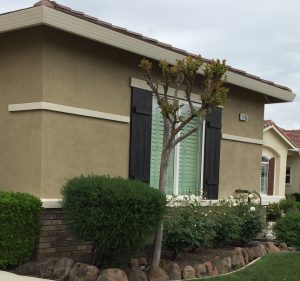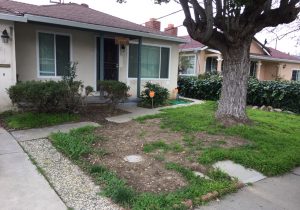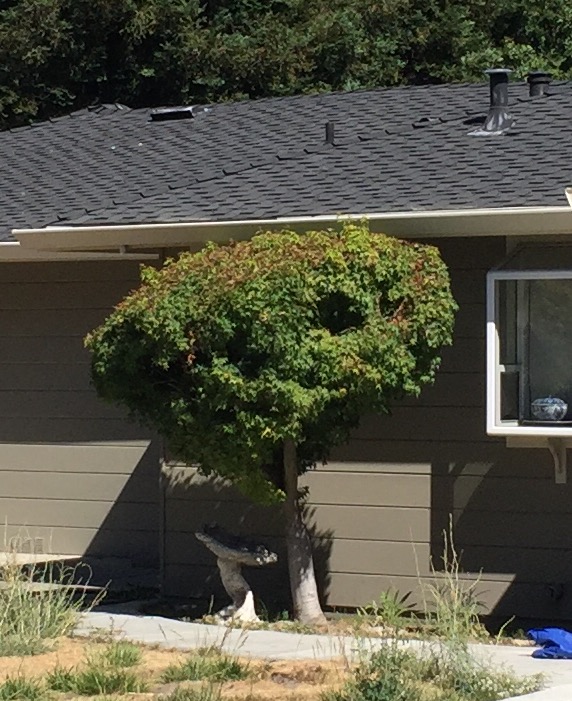
Perhaps one of the most important decisions to make in the planting of a landscape is deciding on the trees – the specific type of tree and the location within your landscape.
Trees can be the most permanent feature in the living part of your landscape. Over the years in the landscape business, I have seen more poorly located trees than I ever imagined.
Let me share some steps to consider before the first tree is ever planted. I strongly encourage you to do your own homework and familiarize yourself with the ‘nature’ of each and every tree that you are adding to your yard.
Step 1: Investigate the type of environment that your tree of choice would be found in nature.
Some examples:
· a river bed-willow, river birch or boxelder
· a dry, rocky slope- toyon or blue oak
· a shaded understory of the woods- redbud or dogwood
If your site matches the conditions that you would naturally find your tree of choice, then you could have a much healthier tree from the very beginning. If you are in an area of poorly-draining clay soil as I am, it could help to build up the beds by making substantial earth mounds to enable the new tree to root into at least 12” of better soil. This allows it to properly spread its roots and anchor itself.
Step 2: Consider the actual mature size and shape of the tree species and variety that you are going to plant.

Keep in mind that if your tree can eventually get 40 feet wide, then you may not want to plant it any closer than 20’ (half of its full diameter) from a structure. The mature size of a tree is very different from how it looks when it is first purchased. Trees planted too close to the house wall will often develop a severely crooked habit as they reach for the best of the sunlight that the house blocks.
The various shapes of a tree would be important in relation to neighboring plants/trees/structures. Tree shapes are usually one of these shapes: rounded, vase-like, pyramidal, weeping or columnar.
Step 3: Know the type of root system the tree has.
Some trees, like Oak, Hickory, and Walnut have a tap root that stabilizes and anchors the tree so it would not be as impacted by minor disturbances around its base. Other trees are notorious for shallow support roots that appear right at the surface – Cottonwood, Birch, Poplar, and Silver Maple. They can cause issues with the lawn or foundation walls.
Some trees have roots that seek water and would not be appropriate to place near a French drain or a septic leach field. Some roots will run and sprout up new unwanted plants along root nodes. Bamboo and Black Locust are good examples of these types of roots.
As it matures, some maintenance may be needed. It is best to periodically – annually or every few years – have all trees inspected by a certified arborist that knows how each specific species grows. These professionals would determine what and when pruning is needed, any treatments for disease/insects, and what type of fertilizer may benefit the overall health and vigor of the trees.

For smaller ornamental trees (15’ or less) like Japanese Maples, there is also an organization called Aesthetic Pruners Association that has many talented individuals capable of pruning the smaller trees a natural way to enhance their health and maintain their overall appearance.
If you are diligent to follow these steps, you may have trees in your landscape that far outlive any of us and provide much needed shade, tranquility, and personal enjoyment for you and others for many generations to come.
